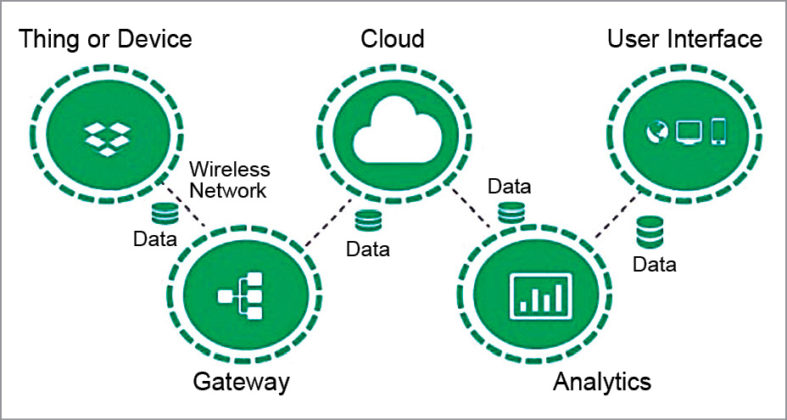Design Guide For Engineers Circuit Diagram Wireless charging of Electric Vehicles (EV) is a trending research topic. In this paper, a wireless power transfer system (WPTS) is designed and a prototype is built to analyze the wireless charging process. A first analysis is made on the operating principles of wireless power transfer supported on the state of the art of currently used technologies. A Resonant Inductive Power Transfer (RIPT

How to build an IoT System? Building an IoT system involves several steps. Here's a general overview of the process: Define the Objective: Determine the purpose of your IoT system. Identify the problem you want to solve or the opportunity you want to explore. Clearly define your goals and desired outcomes. In V2 G technology, each connected EV is linked to the power system through a shared data network, communicating the EV's position to the BMS. High-power isolated systems [42] IoT and Mobile Device WPT: 140 mW: 800 kb/s (down) 10 mm: to ensure wireless power transmission for EVs. However, security is not guaranteed when transmitting

PROJECT REPORT ON WIRELESS POWER TRANSMISSION Circuit Diagram
Framework of the proposed WPT system. The proposed WPT framework with a subwavelength profile is shown in Fig. 1.It consists of four parts: a compact integrated near-field feeder (NFF), a dynamic

In some cases, long battery life may be essential to IoT devices, and early failures of actuators and sensors because of the rapid discharging of battery may lead to unacceptably high replacement costs. Critical to the implementation of this Internet Of Things (IoT) is the design of energy-efficient solutions aiming toward a low consumption current and create a green society. Many IoT devices including low power consumption, long wireless connectivity ranges and higher processing power. This paper explores how ARM®-based wireless microcontrollers can meet the most demanding requirements of IoT systems. IoT Sensor Node Requirements . The network topology of IoT systems is comprised of simple nodes that collect and transmit a

Intelligent wireless power transfer via a 2 Circuit Diagram
It then focuses on the design and implementation of a wireless power transfer system using resonant inductive coupling between a transmitter and receiver. The report includes chapters on the basic concepts, circuit designs for the transmitter and receiver, component selection, PCB layouts, testing and results. The key components of a A wireless power transmission system involves the transmission of microwave power without using a physical medium. It aims to combine wireless power technology with IoT to create an intelligent house. 1. Consumer Electronics. WPT is widely used in powering and charging everyday devices, offering convenience and eliminating cable clutter. Smartphones and Wearables: Devices like phones, smartwatches, and earbuds benefit from wireless charging technologies such as Qi and MagSafe. Home Appliances: Cordless kitchen gadgets and entertainment systems use mid-range wireless power for a streamlined
